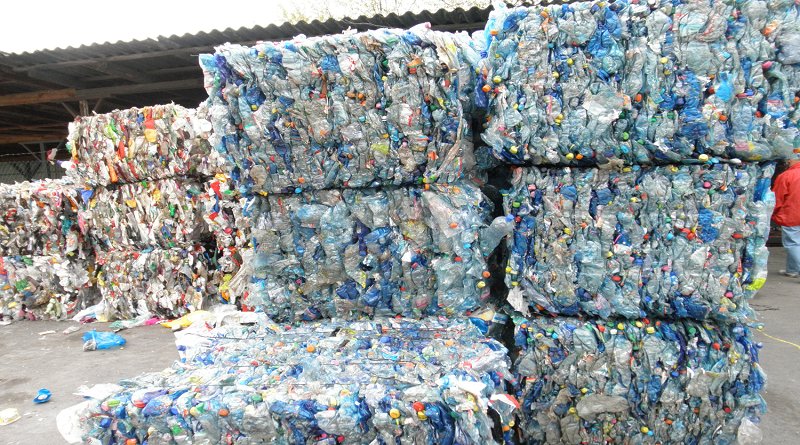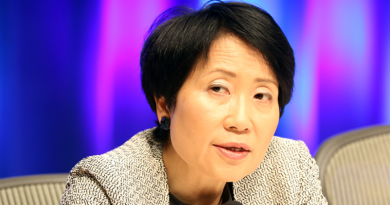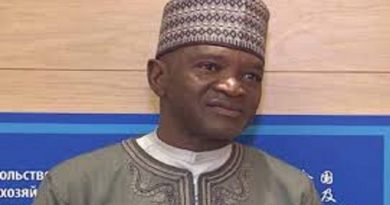Circular economy is crucial to Paris Goals – Study
A new study by the Finnish Innovation Fund Sitra and the European Climate Foundation found that an improved circular economy can play a vital role in achieving the goals of the Paris Climate Agreement.
The circular economy works by extending a product’s lifespan through improved design and servicing, and relocating waste from the end of the supply chain to the beginning – in effect, using resources more efficiently by using them over and over, not only once.
The study found a switch to the circular use notably of steel, plastics, aluminium and cement can be central to cutting global greenhouse gas emissions, and that a more circular economy in the EU alone could cut industrial emissions by more than half by 2050.
“This striking study makes it abundantly clear that to meet the Paris Agreement commitments, the future EU economy must include circular business models, increased recirculation of materials and more material efficient products”, said Martin Porter, Europe Group Co-ordinator of the European Climate Foundation.
According to Sitra, industry in 2018 is projected to account for 24% of global CO2 emissions, which stood at 37 billion tonnes in 2017. The carbon budget to limit global warming below 2°C has been estimated at 800 billion tonnes by the end of this century.
The study identifies a broad range of opportunities in which the areas of steel, plastics, aluminium and cement could reduce EU industrial emissions 56 percent (300 Mt) annually by 2050, more than half of what is necessary to achieve net zero emissions.
“To do this, integral to its mid-century strategy, the EU should develop an industrial innovation strategy with circularity and digitalization at is core and net zero emissions by 2050 as its goal.” said Martin Porter.
The circular economy was a focus of discussions at the UN Climate Change Conference in Bonn in May, where Technical Expert Meetings on Mitigation took place which aimed to identify activities that have a high potential for emission reductions in order to boost climate action before 2020.
Led and organized by the UNFCCC secretariat, the United Nations Industrial Development Organization, and the World Business Council for Sustainable Development, participants discussed currently available policies and technological solutions as well as innovative approaches on waste-to-energy and supply chain re-design solutions.
Experts shared their innovative approaches, lessons learned and tangible benefits for the climate and sustainable development. Aligned with the year-long Talanoa Dialogue around ambition before and after 2020, the expert gathering helped to boost climate action before 2020 in concrete terms.
At the meeting, Fijian Minister Inia Seruiratu, the high-level climate champion said, “The multi-stakeholders’ cooperation is needed to unlock high mitigation potential opportunities, including sustainable development benefits. The enhanced partnership and engagement amongst policy makers, industries, cities, regional and local organizations, civil societies can create an inclusive business model for waste-to-energy and supply chain redesign.”




